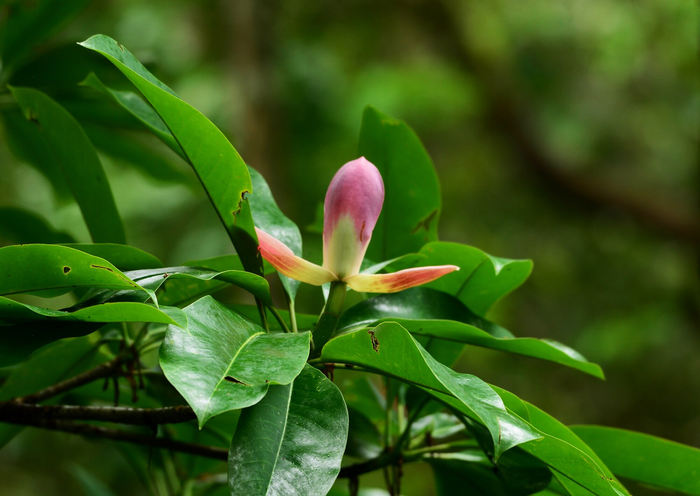
Conservation efforts must cross borders to save endangered species
Due to global warming, many plant and animal species migrate from their native habitats, increasing the likelihood or local and global extinctions. A series of studies on endangered species living on the border of Vietnam and China highlights the increasing importance of transboundary conservation efforts in the face of climate change.
According to a team of scientists from the American Museum of National History, the Vietnam National University (VNU), and the Henan University in China, strategic, coordinated approaches towards managing transboundary species and landscapes are essential to prevent biodiversity loss.
“Biodiversity is undergoing dramatic loss on the global level, and we know that it is essential to human health and wellbeing – and that one of the most complex and challenging threats to biodiversity is climate change,” said Mary Blair, an expert in biodiversity at the American Museum of National History.
“There’s an urgent need for more information about how climate change is already affecting the distributions of key endangered species and habitats to inform conservation action planning, especially in areas where there may be limited capacity or resources for management, such as Southeast Asia.”
Recent estimates suggest that more than half of all terrestrial mammals, birds, and amphibians have distributions that cross national borders. Besides being threatened by hunting or deforestation, these animals may also be harmed by the construction of border infrastructure and the insufficient coordination of conservation activities on either side of the border. Additionally, these threats are likely to be exacerbated by climate change.
Professor Blair and her colleagues from Vietnam and China began a project focused on several endangered species inhabiting the border between Vietnam and China. These include highly threatened animals and plants, such as the Cao Vit gibbon, the Francois’ langur, and the Magnolia grandis tree. With a total population of fewer than 120 adult trees, Magnolia grandis is one of the world’s most threatened trees.
“Our analyses show that suitable habitat for species like the Cao Vit gibbon and the Owston’s civet will significantly shrink and become highly fragmented, whereas habitat for the endangered crocodile lizard will substantially shift under future climate scenarios. The results of the study will play a crucial role in formulating appropriate transboundary conservation measures,” said Minh Le, an environmental ecology at VNU.
“Borders often exemplify complex sociopolitical contexts and histories between countries. So conservation scientists, practitioners, and managers have an obligation to understand those contexts and know how they relate to our work and the goals of conservation. As global changes, including climate change, continue, we will have to increasingly work across borders to achieve biodiversity conservation goals and to do better science,” concluded Professor Blair.
The articles are published in a special issue of the journal Frontiers of Biogeography entitled “Transboundary Conservation Under Climate Change.”
Image Credit: Photo courtesy of Chu Xuan Canh, Fauna and Flora International, Vietnam
—
By Andrei Ionescu, Earth.com Staff Writer












